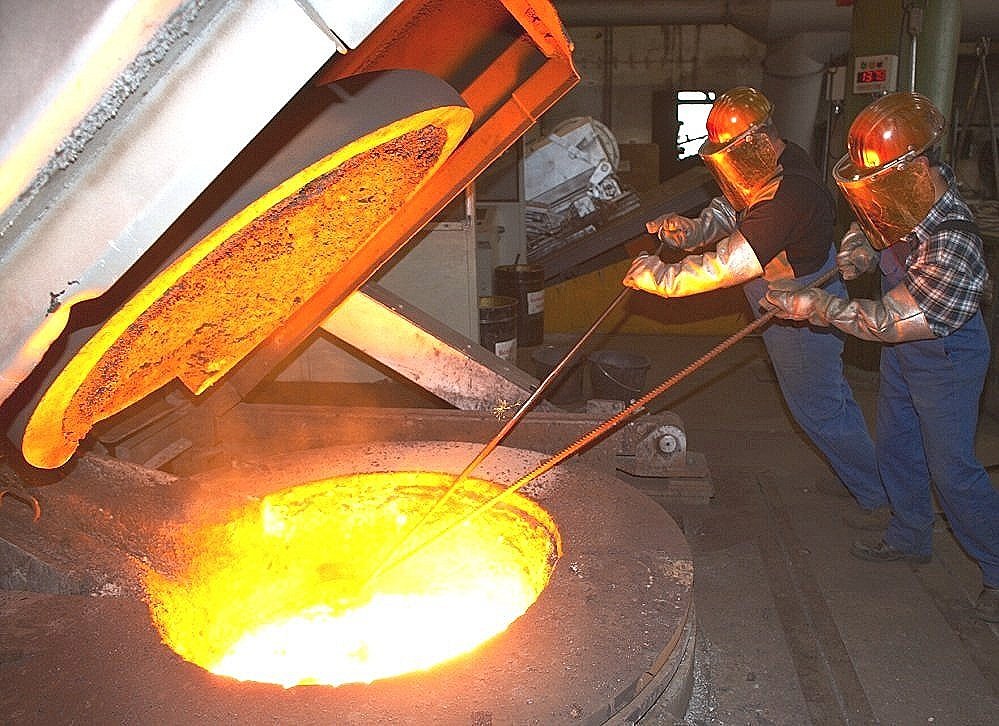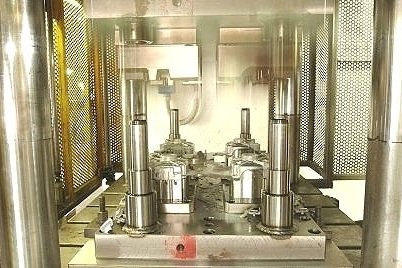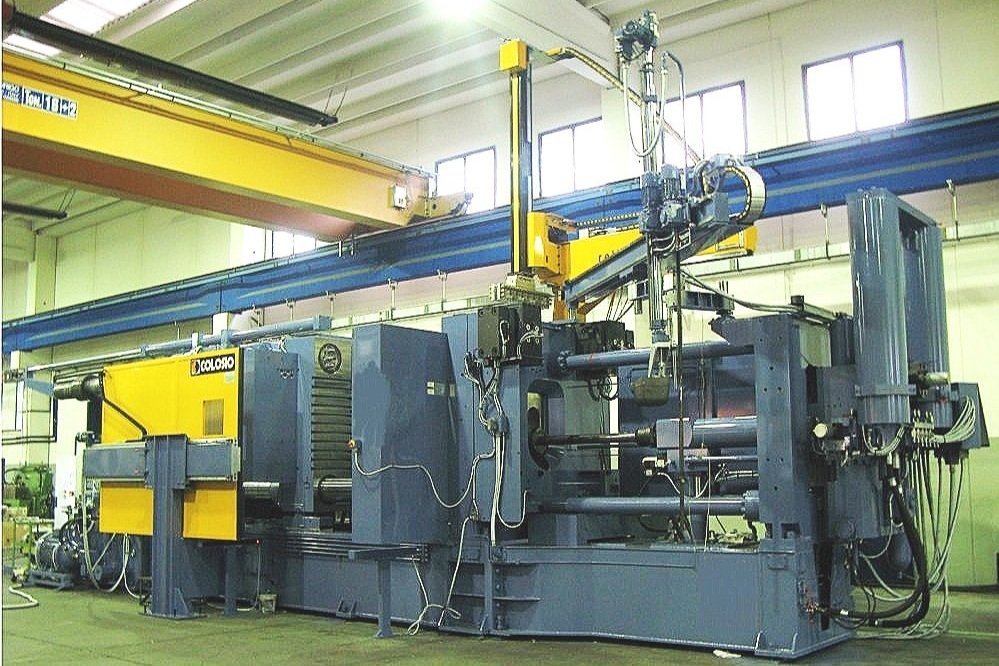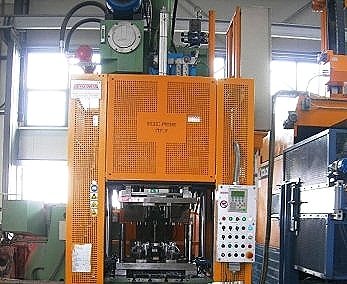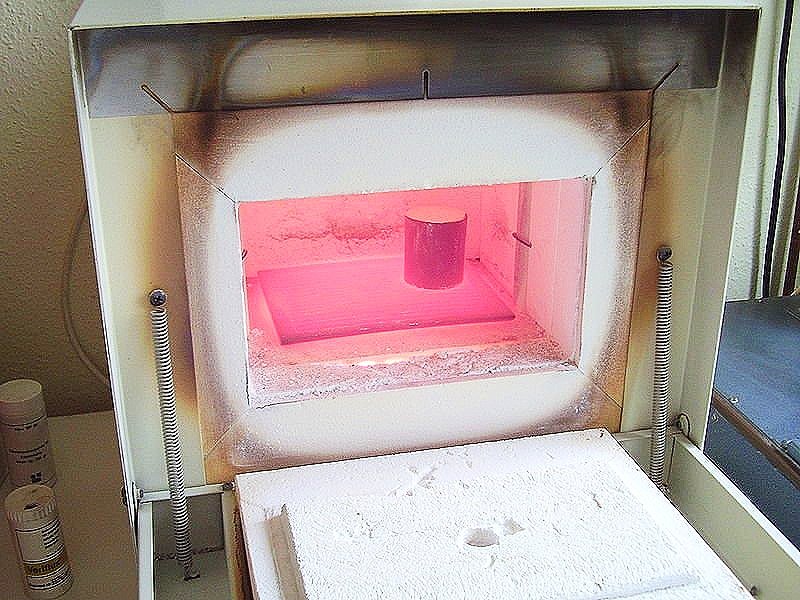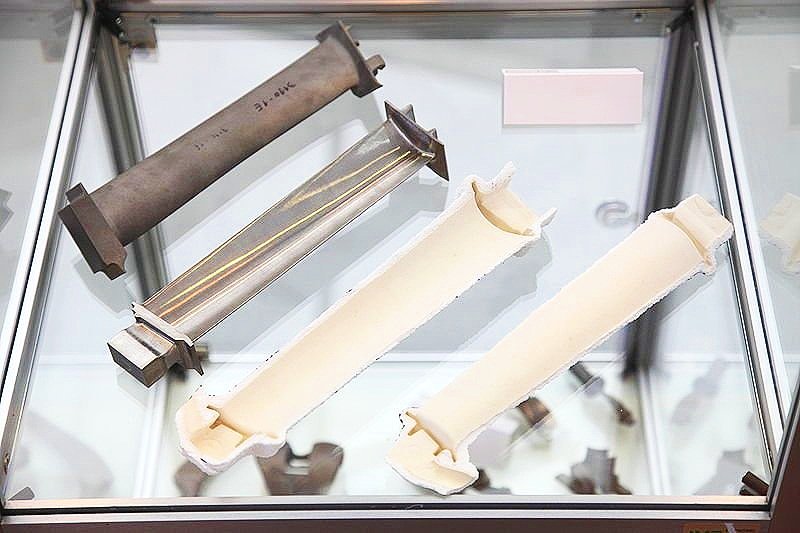Casting
High-pressure die casting
Benefits
Suitable for thin wall castings and castings with complex shapes
High accuracy and stability of production processes
Best price level
Smooth surfaces and edges
Short casting cycle
Economically highly beneficial technology
Capacities
Weights from 0.01 to 20 kg
Pressure die casting machines with closing forces between 150 and 2.000 to
Wall thickness from 0.5 mm
Special alloys, vacuum, 3-plate casting moulds
Non-automated, partially or fully automated cells
Micro spraying
Low-pressure casting
Benefits
Characteristic feature of low-pressure casting is an efficient manner of filling the mould, suitable for thin-wall castings, and castings with larger surface. Due to controlled filling with minimum turbulences and controlled solidification of the melt, low-pressure castings feature very fine and tight material structure, free of porousness, high accuracy, good mechanical properties and quality surface.
Capacities
Weights up to 25 kg
For serially symmetric parts (cases, compressor bodies, etc.)
Suitable for small to medium production batches
Possibility of inserting brass or steel denseners (nuts, bearing housings, pins, etc.)
Experienced tool works
Chill casting
Benefits
Due to faster solidification, a chill casting features better mechanical properties and relatively fine and tight material structure. Additional benefits are small porousness, accuracy and quality surface. Last but not least, aluminium chill castings are lighter comparing to alloy by almost two thirds of the initial weight. Non-demouldable shapes and sockets can be solved by means of cores. Chill casting represents a good choice for production medium-size castings for series ranging between 1,000 and 10,000 pieces, and minimum production batch of 100 pcs. For higher volumes of parts up to 20 kg weight, we recommend that the low-pressure casting method is applied.
Capacities
Castings up to 30 kg weight
For medium instrument bodies, drive unit lids, stands, etc.
Possibility of inserting brass or steel inserts (nuts, bearing housings, pins, etc.)
Experienced tool works
Life time of ingot mould depends on geometry of casting, alloy and mould material
Sand casting
Benefits
Sand casting in is flexible and suitable for small and also big castings. Castings further feature sufficient accuracy and good surface quality. This technology is suitable for complexly structured parts where cores should be inserted. From the economic point of view, sand casting is suitable for small series due to low costs of model device, and short delivery terms. Design changes are usually easy to implement.
Capacities
Castings up to 400kg weight
Maximum dimensions 1800 x 1800 x 300 mm
AL, GG, aso
Precision casting
Benefits
Precision casting by smeltable model is suitable for the production of geometrically complex and precise parts. This method allows casting of sharp contours with high surface quality. The main advantage of this technology is therefore, first of all, precision and relatively high design liberty when, thanks to a smeltable model, a complex-shape section with minimum or even zero need for further machining can be made.
Capacities
Castings up to 5 kg weight

